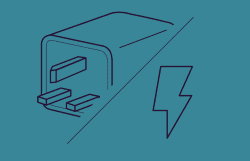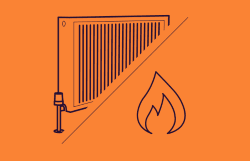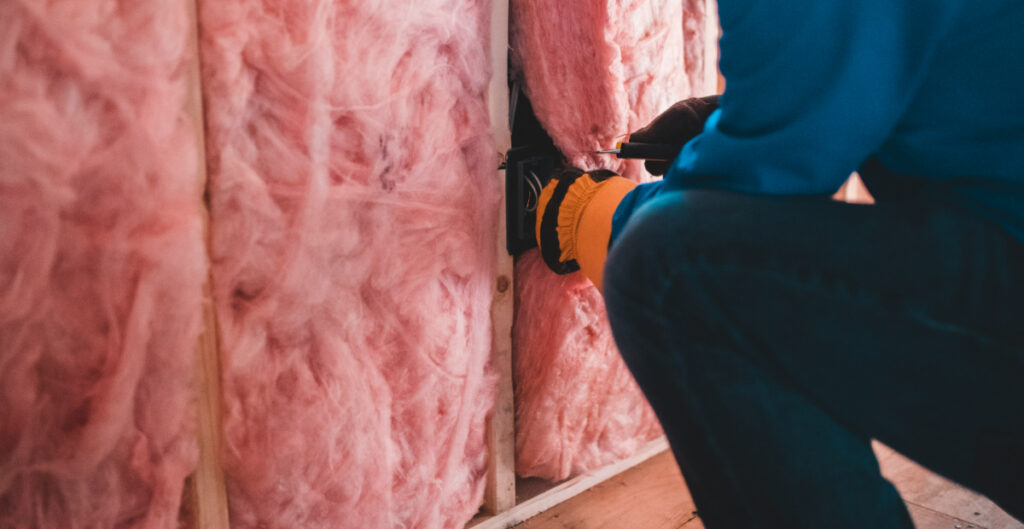Are you looking for ways to save on your energy bills and make your home more comfortable? Insulating your loft and roof can help make your home more energy-efficient and comfortable. In this guide, we’ll provide you with all the information you need to understand the benefits of insulating your loft and roof, as well as the best methods and materials to use to ensure your insulation is effective.
What Is Roof Insulation?
Roof insulation is material that is installed in the attic or roof space of a building to reduce heat loss through the roof. It is designed to increase the thermal resistance of the roof and improve energy efficiency. The insulation material can be made of various materials, including fiberglass, mineral wool, cellulose, spray foam, or rigid board insulation. By reducing heat loss, roof insulation can help keep a building warm in winter and cool in summer, while also reducing energy bills and improving comfort.
What Is Loft Insulation?
Loft insulation is material that is installed in the attic or roof space of a building to reduce heat loss through the roof. The insulation material can be made of various materials, including fiberglass, mineral wool, or recycled materials.
What Types Of Roof Insulation Are There?
Roof insulation is a crucial component of any energy-efficient home. By reducing heat loss through the roof, this insulation can help to keep your home warm in winter and cool in summer, while also reducing your energy bills. In this blog post, we will explore the different types of insulation available and help you choose the right one for your home.
- Fiberglass Insulation
Fiberglass insulation is the most common type of insulation. It is made from fine glass fibers and is available in a variety of thicknesses and R-values (a measure of thermal resistance). Fiberglass insulation is easy to install, cost-effective, and provides excellent thermal performance.
- Mineral Wool Insulation
Mineral wool insulation is made from recycled glass, stone, and slag, and is a sustainable alternative to fiberglass insulation. It is a dense and durable material that provides excellent thermal performance and fire resistance.
- Spray Foam Insulation
Spray foam insulation is a flexible and expanding insulation material that can be applied to the roof to fill any gaps or voids. It provides excellent thermal performance and seals the roof, preventing air and moisture from entering the building.
What Are The Benefits Of Roof Insulation?
Loft insulation is important because it helps to reduce heat loss through the roof of your home. In winter, heat rises and escapes through the roof, making your home colder and causing you to use more energy to heat it. By installing loft insulation, you can reduce heat loss by up to 25%, making your home warmer and more energy-efficient.
By reducing heat loss, loft insulation can help you save energy and money. By using less energy to heat your home, you can lower your energy bills and reduce your carbon footprint, all without having a cold roof. Loft insulation can pay for itself in as little as two years, and it will continue to save you money on your energy bills for many years to come.
In addition to saving energy and money, loft insulation can also improve the comfort of your home. By keeping the heat in, your home will be warmer in winter and cooler in summer, making it a more comfortable place to live.
How Much Loft Insulation Costs In The UK
Loft insulation is a cost-effective way to improve energy efficiency and reduce energy bills in your home. But, how much does loft insulation cost in the UK?
The cost of loft insulation varies depending on several factors, including the variety of insulation, the size of the attic, and the location of the property. On average, the cost of installing loft insulation in the UK ranges from £300 to £450.
Types of Loft Insulation
The sort of insulation you choose will also affect the cost. The most common types of loft insulation include fiberglass, mineral wool, insulation board and cellulose insulation. Fiberglass insulation is the most cost-effective option, while cellulose insulation is more expensive but more environmentally friendly.
Size of the Attic
The size of your attic will also impact the cost of loft insulation. The larger the attic, the more insulation you will need, and the more it will cost.
Location of the Property
The location of your property can also impact the cost of loft insulation. In some areas, the cost of labour and materials may be higher, causing the cost of installation to be higher.
Is Loft Floor Insulation Worth the Investment?
The answer is yes. Loft insulation is a cost-effective way to improve energy efficiency and reduce energy bills in your home. The average cost of installation ranges from £300 to £450, but the savings on your energy bills can be substantial. According to the Energy Saving Trust, the average household can save up to £225 per year on their energy bills by installing loft insulation.
How To Insulate Your Loft And Roof
To insulate a loft and roof is a simple and cost-effective way to reduce energy bills, improve comfort, and increase the energy efficiency of your home. In this blog post, we will outline the steps you need to take to properly insulate your loft and roof.
Step 1: Determine the Type of Insulation You Need
The first step in insulating your loft and roof is to determine the sort of insulation you need. The most common varieties of insulation include fiberglass, mineral wool, cellulose, spray foam, and rigid board insulation. Consider factors such as cost, thermal performance, and installation ease when choosing your insulation. If you have a loft conversion, this may alter your insulation.
Step 2: Measure the Space
The next step is to measure the space in your loft or roof that you want to insulate. This will help you determine how much insulation you need and the cost of the materials. You may want to check your loft space and loft hatch for ceiling joists, in addition to if you have a sloping roof. You want to measure the depth of insulation too.
Step 3: Prepare the Space
Before installing insulation, you need to prepare the space by removing any existing insulation, cleaning the area, and making sure it is free of moisture and debris, as well as checking for building regulations. You should also make any necessary repairs to the roof and walls, such as fixing leaks or cracks.
Step 4: Install the Insulation
Once the space is prepared, you can start installing the insulation. If you are using fiberglass or mineral wool insulation, you can roll it out and staple it in place. For spray foam insulation, you will need to hire a professional to apply it. For rigid board insulation, you will need to cut the boards to size and fit them between the rafters.
Step 5: Seal Any Gaps or Voids
Finally, make sure to seal any gaps or voids in the insulation to prevent air and moisture from entering the building. This can be done with spray foam insulation or by sealing the edges of the insulation with caulking.




